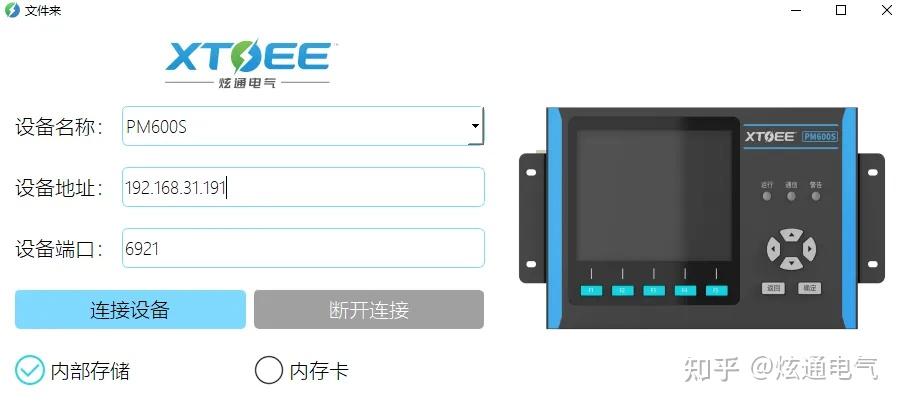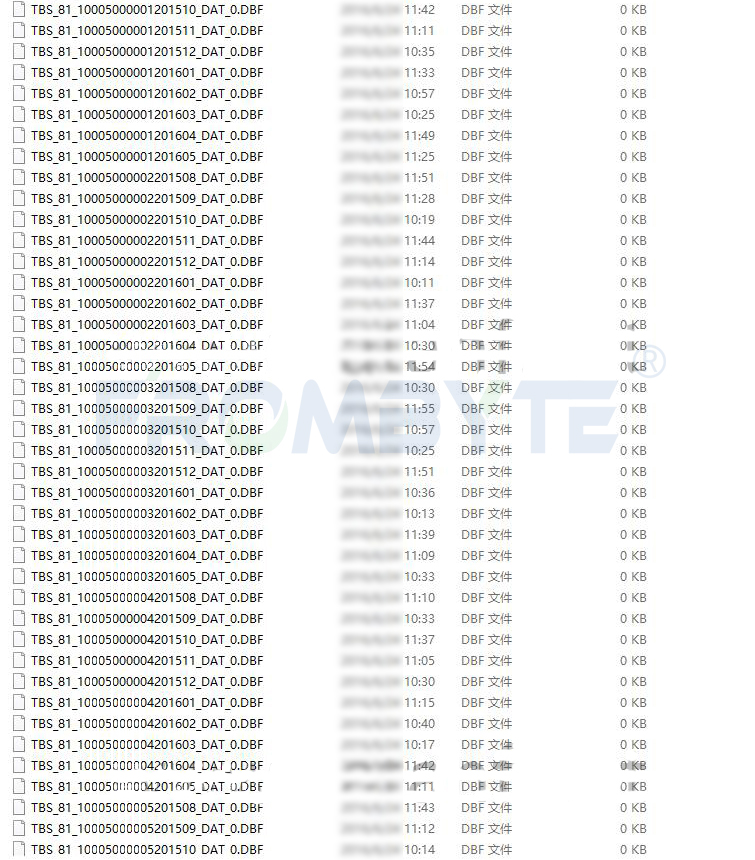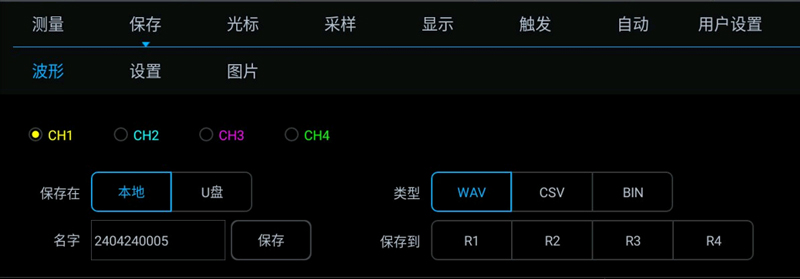1、使用 open
常規(guī)操作
with open('data.txt') as fp:
content = fp.readlines()
2、使用 fileinput
使用內(nèi)置庫 fileinput
import fileinput
with fileinput.input(files=('data.txt',)) as file:
content = [line for line in file]
3、使用 filecache
使用內(nèi)置庫 filecache,你可以用它來指定讀取具體某一行,或者某幾行,不指定就讀取全部行。
import linecache
content = linecache.getlines('werobot.toml')
4、使用 codecs
使用 codecs.open 來讀取
import codecs
file=codecs.open("README.md", 'r')
file.read()
如果你還在使用 Python2,那么它可以幫你處理掉 Python 2 下寫文件時(shí)一些編碼錯(cuò)誤,一般的建議是:
在 Python 3 下寫文件,直接使用 open
在 Python 2 下寫文件,推薦使用 codecs.open,特別是有中文的情況下
如果希望代碼同時(shí)兼容Python2和Python3,那么也推薦用codecs.open
5、使用 io 模塊
使用 io 模塊的 open 函數(shù)
import io
file=io.open("README.md")
file.read()
經(jīng)朋友提醒,我才發(fā)現(xiàn) io.open 和 open 是同一個(gè)函數(shù)
Python 3.9.2 (default, Feb 28 2021, 17:03:44)
[GCC 10.2.1 20210110] on linux
Type "help", "copyright", "credits" or "license" for more information.
>>> import os
>>> (open1:=open) is (open2:=os.open)
False
>>> import io
>>> (open3:=open) is (open3:=io.open)
True
6、使用 os 模塊
os 模塊也自帶了 open 函數(shù),直接操作的是底層的 I/O 流,操作的時(shí)候是最麻煩的
>>> import os
>>> fp = os.open("hello.txt", os.O_RDONLY)
>>> os.read(fp, 12)
b'hello, world'
>>> os.close(fp)
審核編輯:湯梓紅
-
模塊
+關(guān)注
關(guān)注
7文章
2731瀏覽量
47662 -
函數(shù)
+關(guān)注
關(guān)注
3文章
4345瀏覽量
62880 -
python
+關(guān)注
關(guān)注
56文章
4807瀏覽量
84955
發(fā)布評(píng)論請(qǐng)先 登錄
相關(guān)推薦
適用于MySQL和MariaDB的Python連接器:可靠的MySQL數(shù)據(jù)連接器和數(shù)據(jù)庫

ADS1254用模擬SPI的方式讀取數(shù)據(jù),讀取到的數(shù)據(jù)呈現(xiàn)下降沿趨勢(shì),為什么?
炫通“文件來”,文件輕松來,用了都說“好”!

HarmonyOS Next 應(yīng)用元服務(wù)開發(fā)-分布式數(shù)據(jù)對(duì)象遷移數(shù)據(jù)文件資產(chǎn)遷移
數(shù)據(jù)庫數(shù)據(jù)恢復(fù)—ORACLE常見故障的數(shù)據(jù)恢復(fù)可行性分析
oracle數(shù)據(jù)恢復(fù)—存儲(chǔ)掉盤導(dǎo)致Oracle數(shù)據(jù)庫文件大小變?yōu)?kb的數(shù)據(jù)恢復(fù)案例

如何實(shí)現(xiàn)Python復(fù)制文件操作
示波器文件存儲(chǔ)方式介紹
TLE9867使用定序器讀取模擬輸入數(shù)據(jù),只想知道在讀取ADC1數(shù)據(jù)時(shí),中斷方式和定序器方式有何不同?
麥科信(Micsig)示波器多種文件存儲(chǔ)方式介紹:波形數(shù)據(jù)、屏幕截圖與視頻錄制

python解析netflow數(shù)據(jù)到csv的流程詳解

python讀取stm32串口讀不了是哪里的問題?
Python怎么讀取STM32串口數(shù)據(jù)?
Python:從串口讀取數(shù)據(jù)并以16進(jìn)制格式展示





 Python讀取數(shù)據(jù)文件的方式
Python讀取數(shù)據(jù)文件的方式










評(píng)論